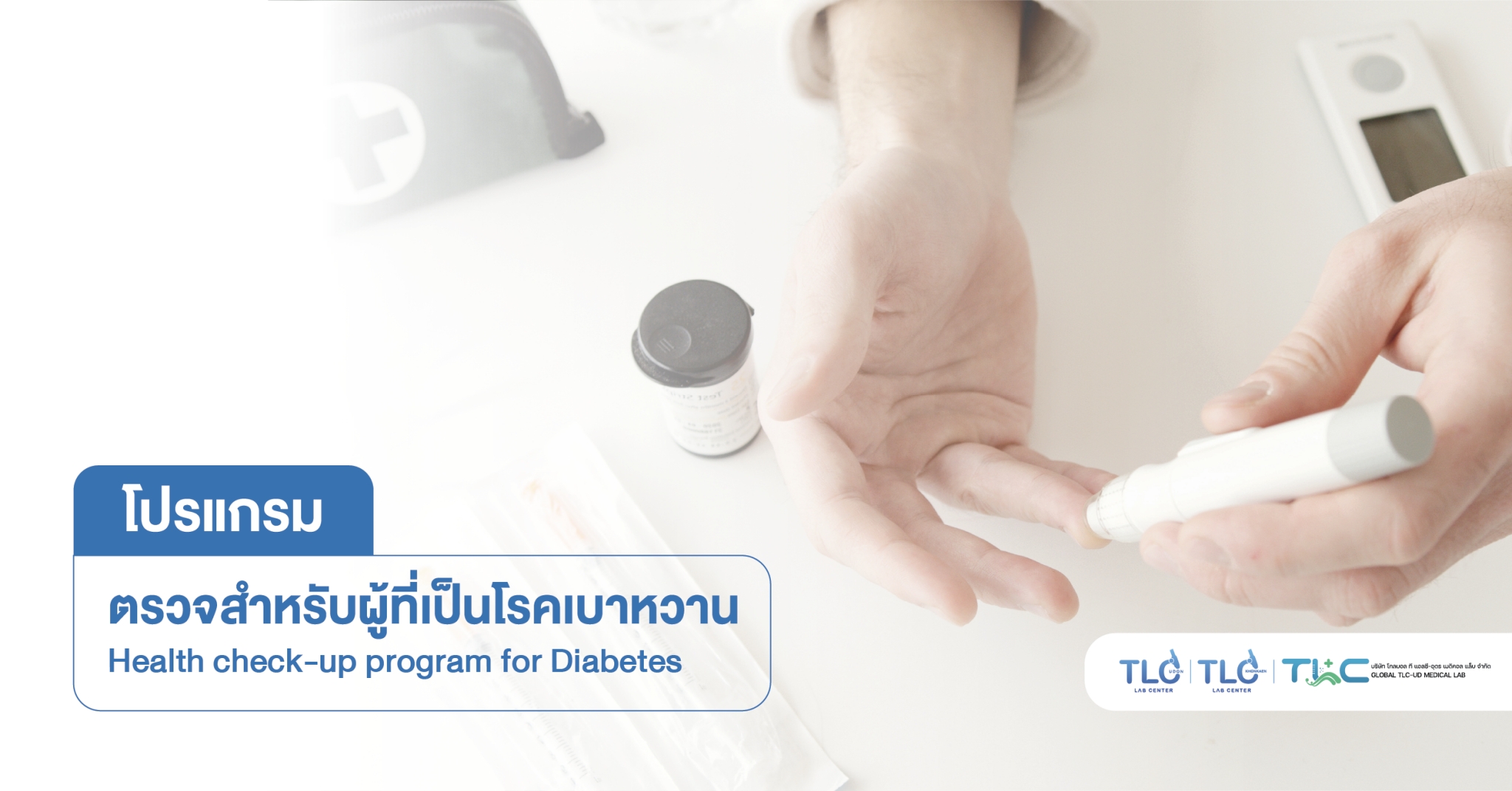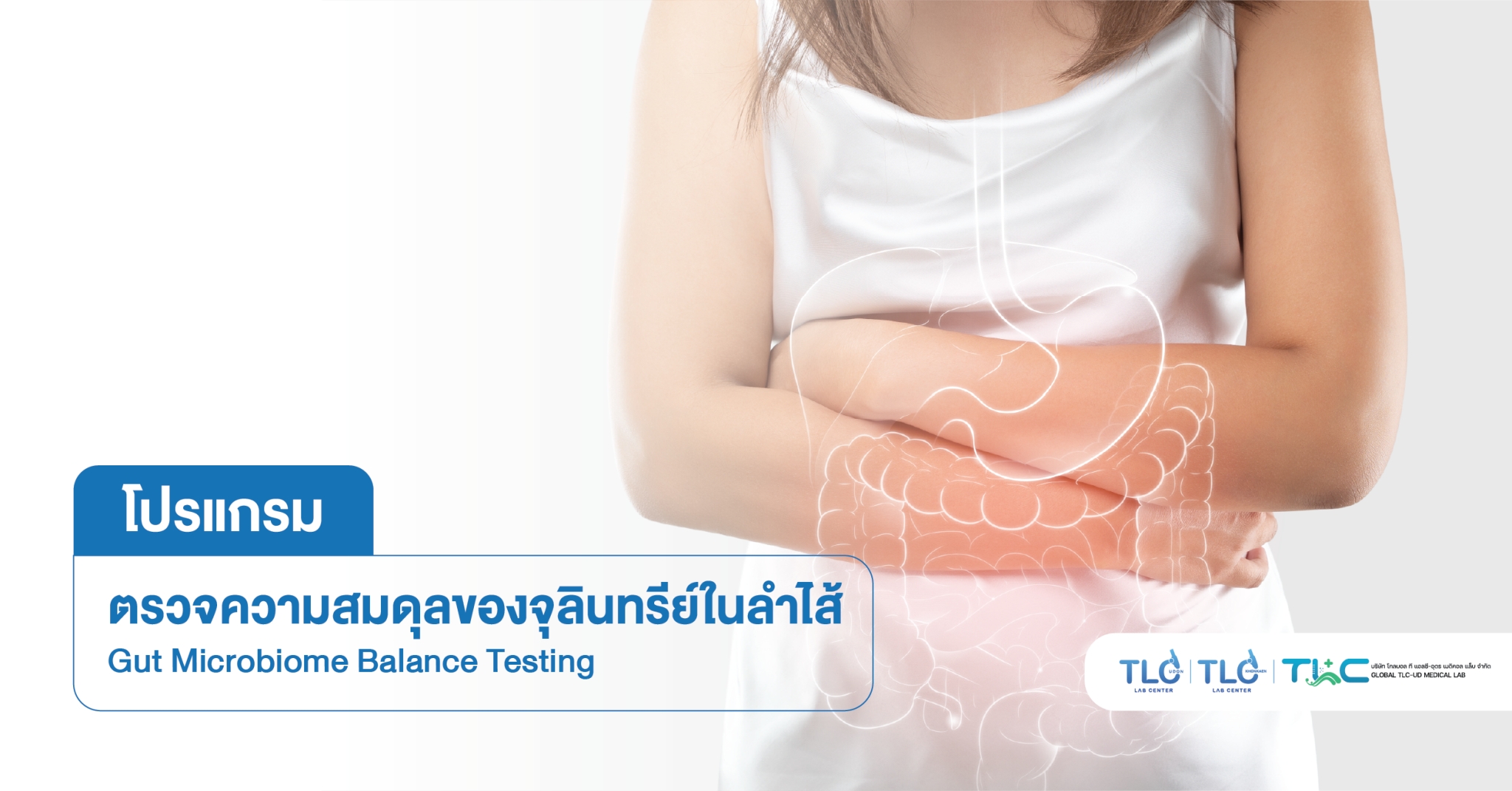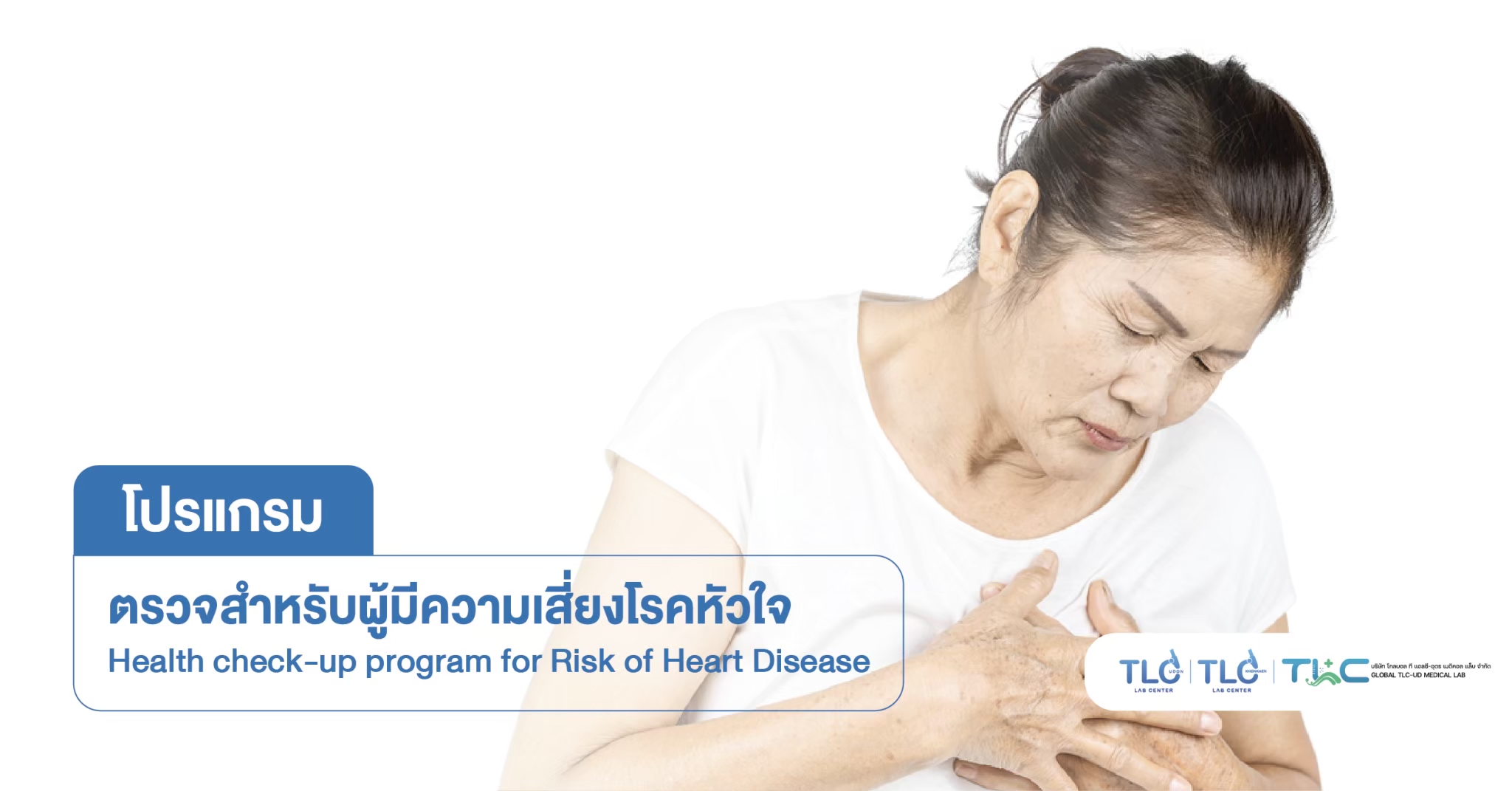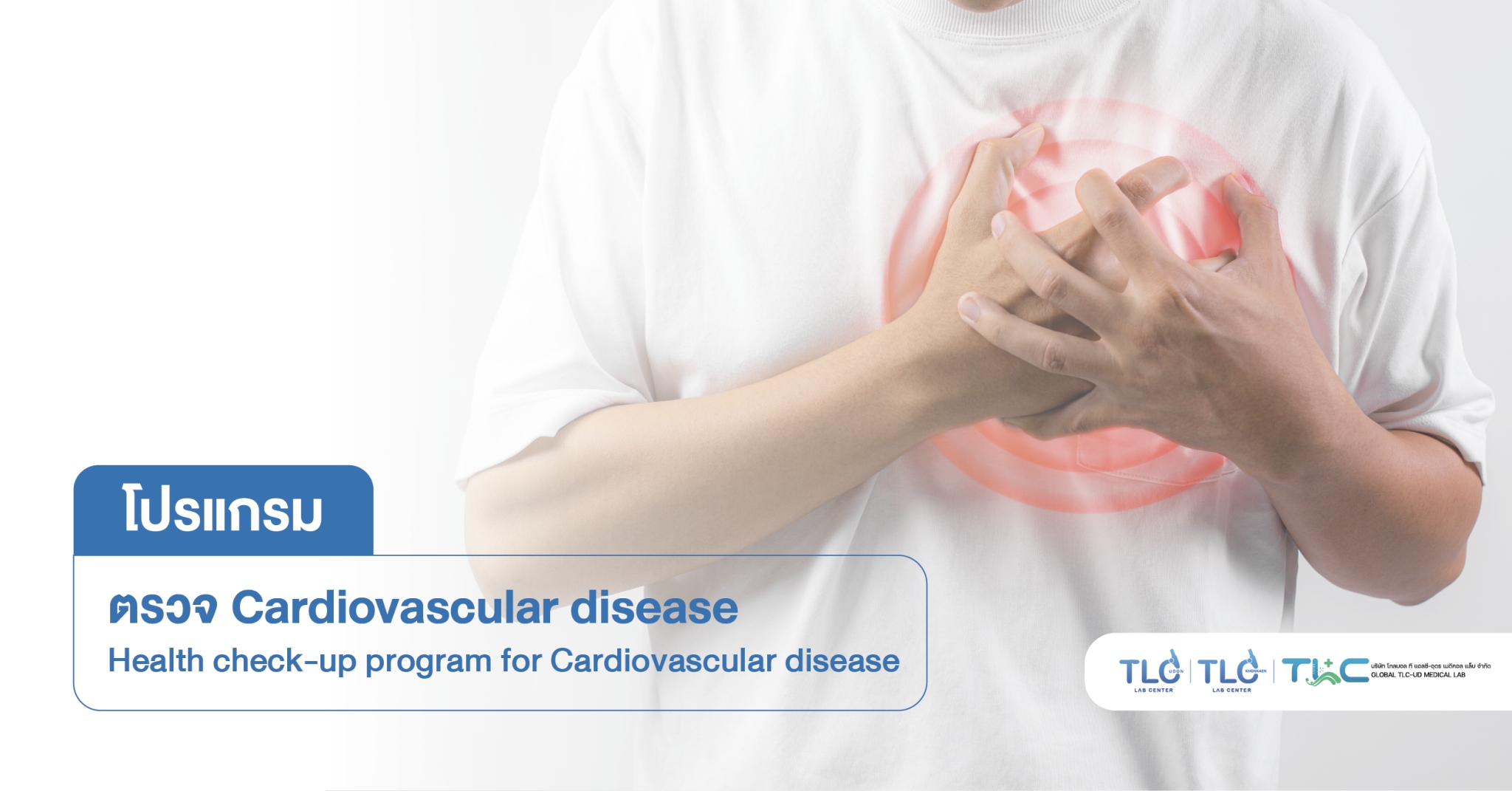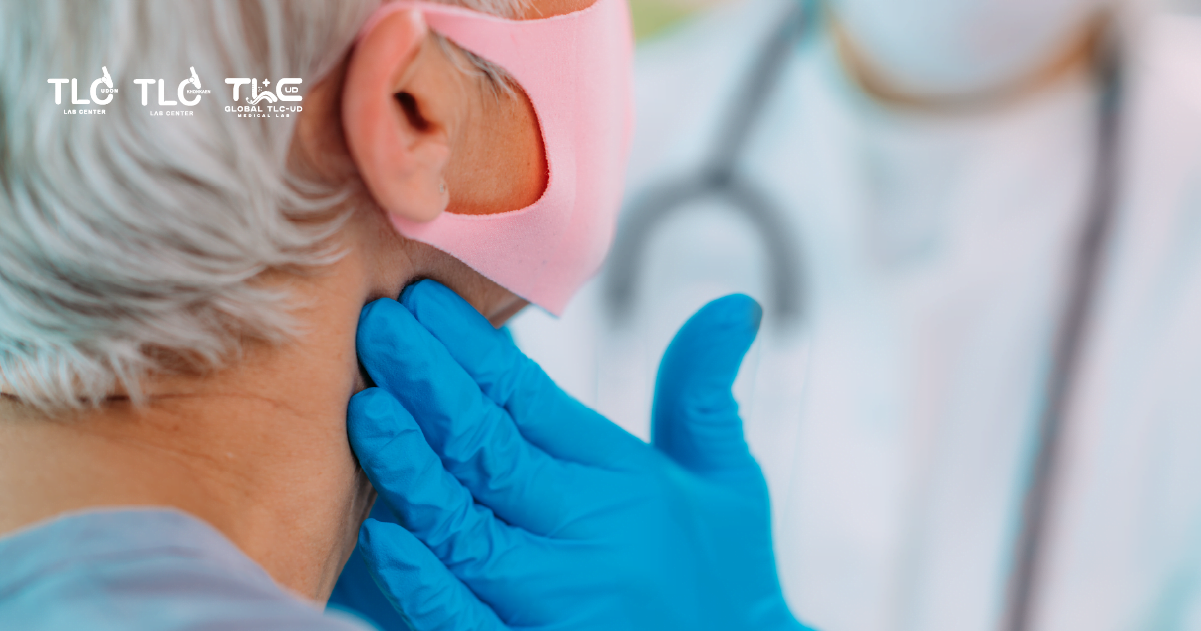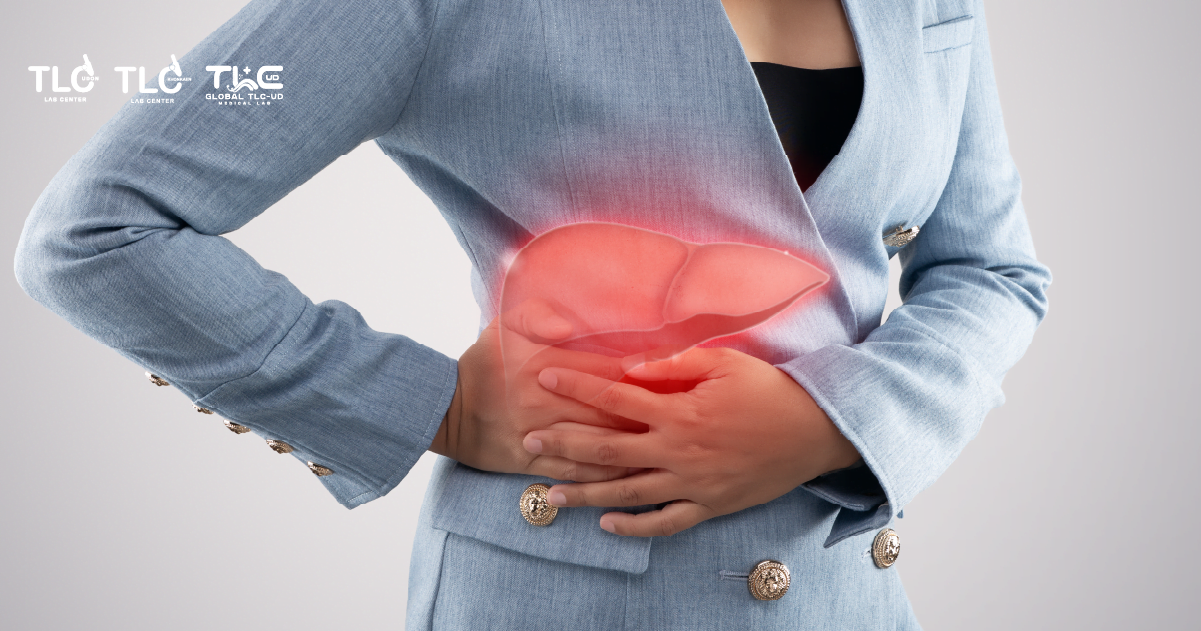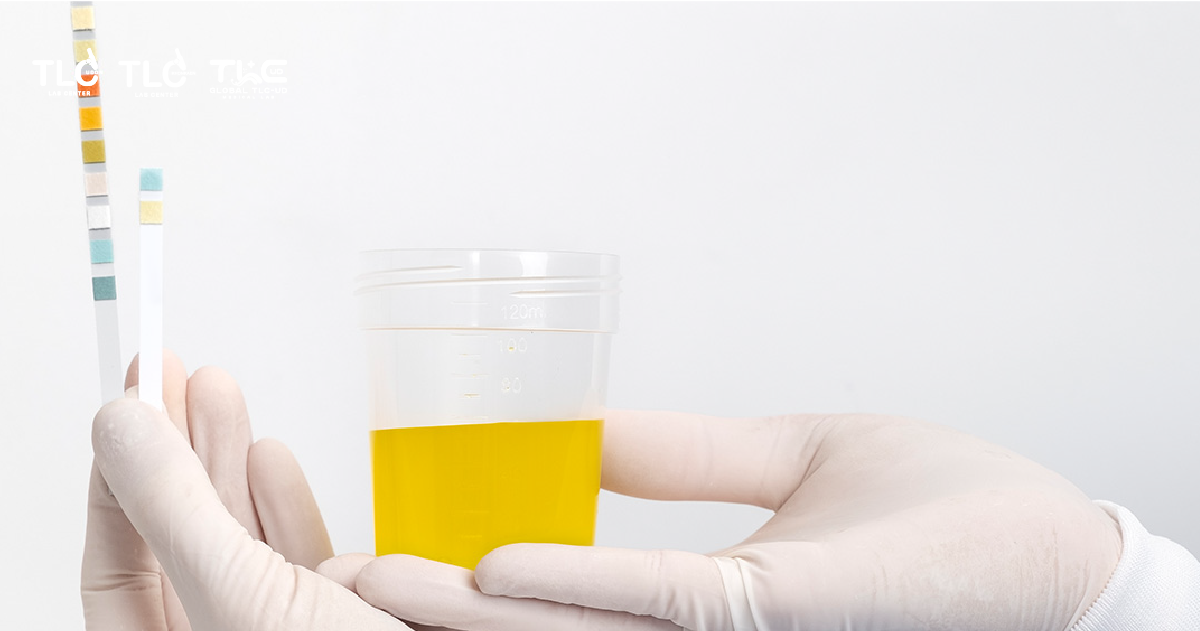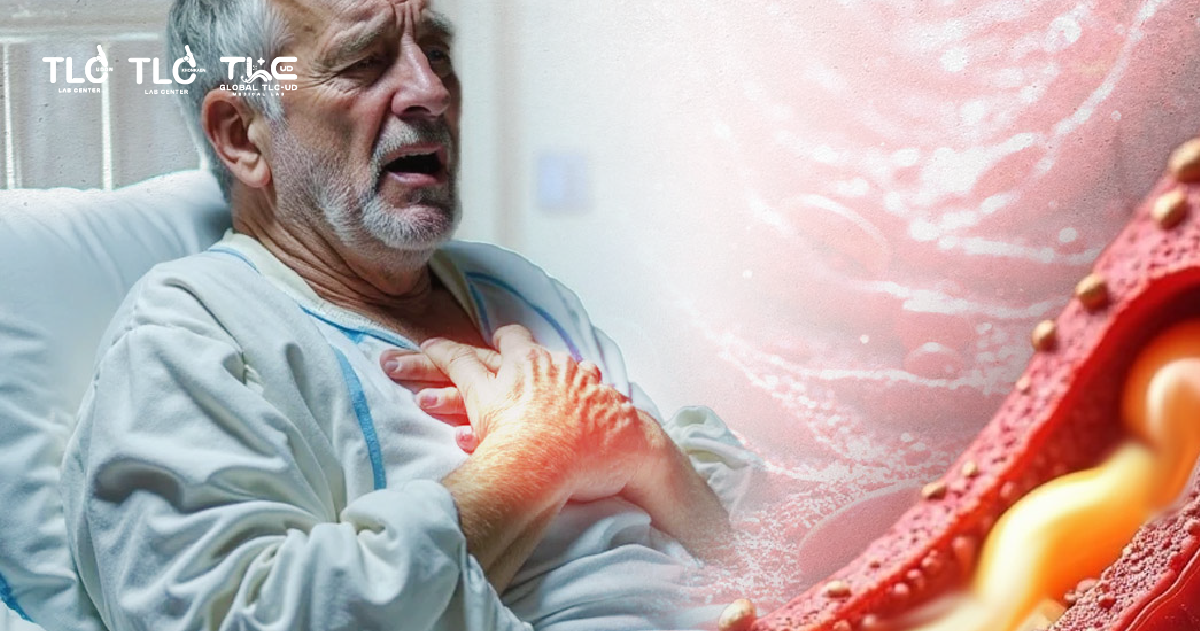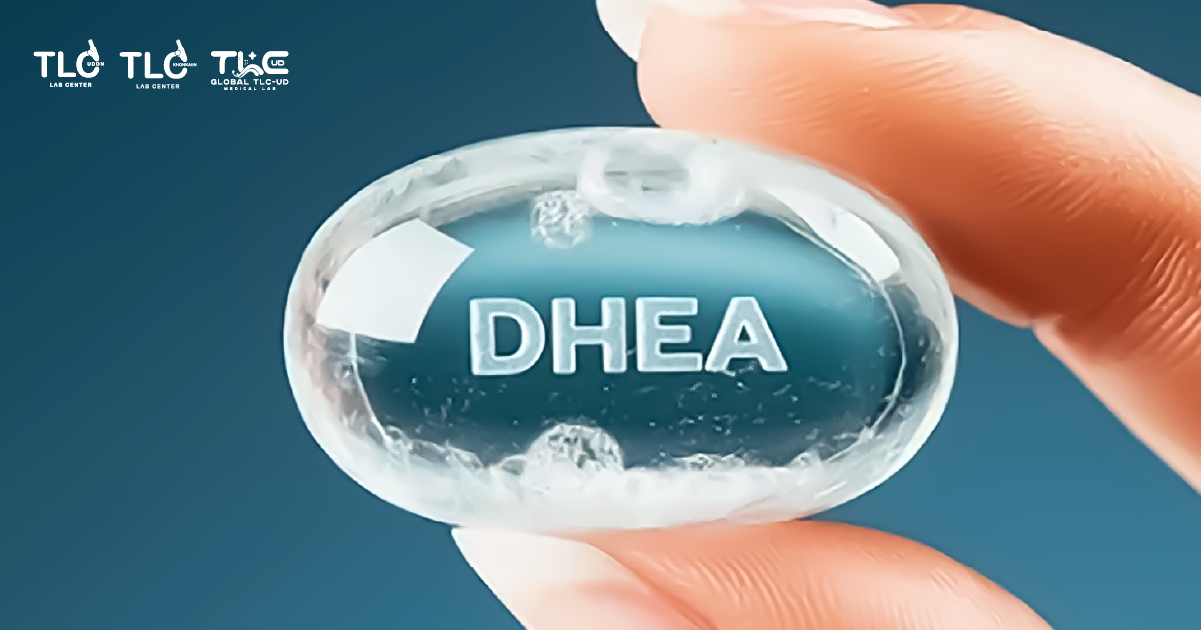What is Ischemic stroke?
An Ischemic Stroke is caused by bleeding in the brain, or is a stroke that prevents blood from reaching the brain. This causes a lack of oxygen to brain cells which results in brain death. The patient needs to see a doctor immediately. Urgent treatment is very important because it reduces the degree of brain death, reduces other complications, and can prevent disability.
There are 3 types of strokes.
Cerebral artery narrowing or blockage (Ischemic stroke) Ischemic stroke is common in 85% of strokes.
Haemorrhagic stroke is found in about 15% of strokes.
- Transient Ischemic Attack (in some patients) (TIA)
A momentary ischemic stroke (TIA) is a stroke, but it doesn’t last long (less than 24 hours) and then improves on its own. The cause of a TIA is that the brain does not have enough blood supply for a temporary period of time. Most symptoms last 5-15 minutes and then improve on their own.
However, the patient should see a doctor immediately to distinguish between a stroke and a transient ischemic stroke.
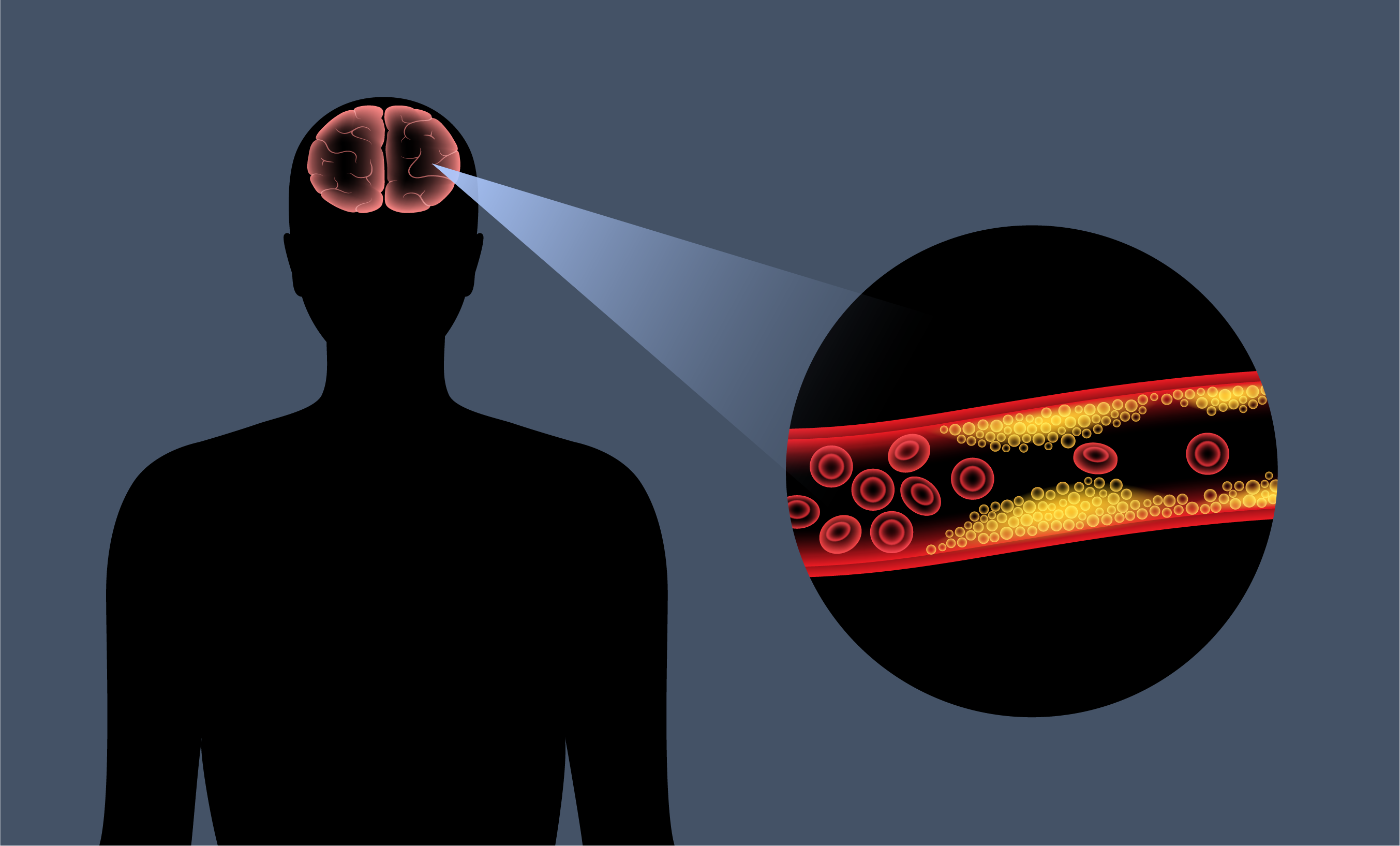
Causes of stroke
- high blood pressure
- heart disease
- obesity
- diabetes
- hyperlipidaemia
- smoking and drinking alcohol
- lack of physical activity
Symptoms of stroke :
- Weakness in the face, loss of ability to control the face causing the corners of the mouth to fall, or the mouth to become crooked.
- Numbness, weakness in one side of the arms and legs, sudden loss of ability to walk. Inability to stabilize.
- Confusion, loss of ability to speak. Can’t think of words.
- Vision problems such as double vision and blurred vision.
- Severe headache.
When it is thought that you are facing a stroke, patients and relatives should adhere to the following "FAST" practices.
- F – Face : Observe the face while smiling, whether the corners of the mouth are falling or the mouth is crooked while smiling.
- A – Arms : Observe the ability to lift both arms, whether they can be lifted at the same height or if one of the arms falls or there is no arm lift.
- S – Speech : Ask simple questions that patients are likely to answer. Listen to the patient’s speech to see if they can speak clearly or are confused in answering questions.
T – Time : If any of these symptoms occur, seek medical attention immediately.

Factors that increase risk :
- Uncontrolled hypertension
- Excessive anticoagulant treatment
- Cerebral aneurysm or arteriovenous malformation
- History of injury accident
- Abnormal protein deposits in the walls of blood vessels (cerebral amyloidosis)
- Risk factors related to lifestyle habits:
- Obesity: Eating foods that are high in fat and high in sodium such as salty foods, Ready-to-eat foods, processed foods
- Smoking or continuous exposure to tobacco smoke
- Drinking alcohol
- Substance abuse
Congenital diseases and disorders of blood vessels that supply the brain.
- High blood pressure
- High cholesterol fat (LDL High)
- Diabetes
- Sleep apnoea
- Heart disease such as atrial fibrillation, heart failure, infective endocarditis
- Severe carotid or vertebral stenosis
- Polycythaemia vera or essential thrombocytosis
- Thrombophilia
- Congenital vascular diseases such as Moyamoya, Cerebral autosomal dominant and subcortical leukoencephalopathy (CADASIL)
- Carotid or vertebral artery dissection
Other factors that may increase the risk of stroke:
- Age — Seniors aged 55 or older are at higher risk of developing the disease than young people.
- Ethnicity— African-Americans are at a higher risk of stroke than other races.
- Gender — Males are at higher risk than females for stroke, but females tend to stroke as they age, and stroke mortality rates are higher among females than males.
- Family members with a history of stroke

Today, we can all take care of our health to prevent getting sick with ischemic stroke, and know before treatment with regular health check-ups at least annually by blood test/health check-up.
Coronary artery disease and stroke risk check-up program (details)


